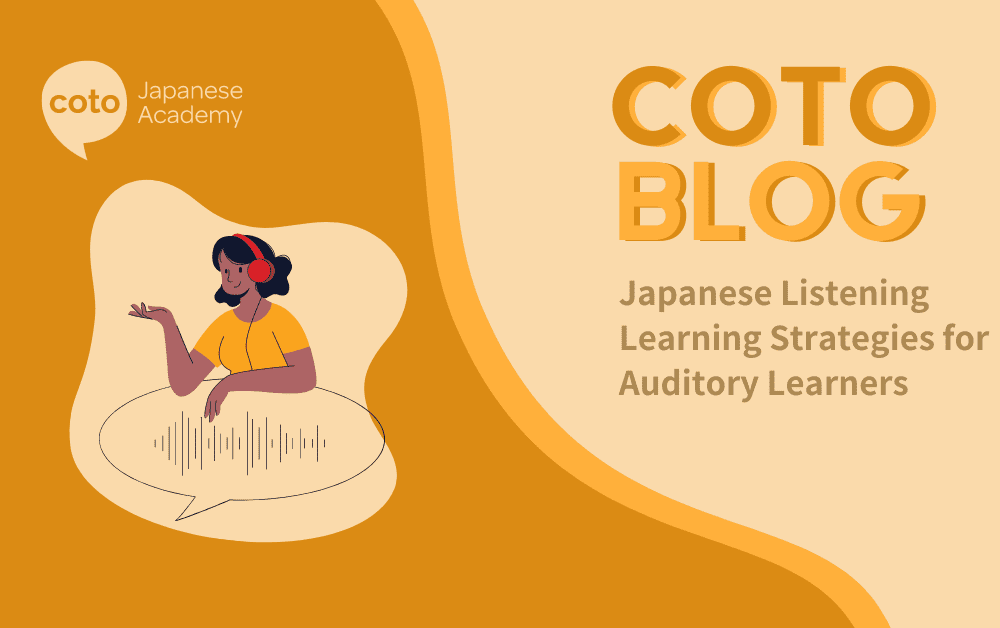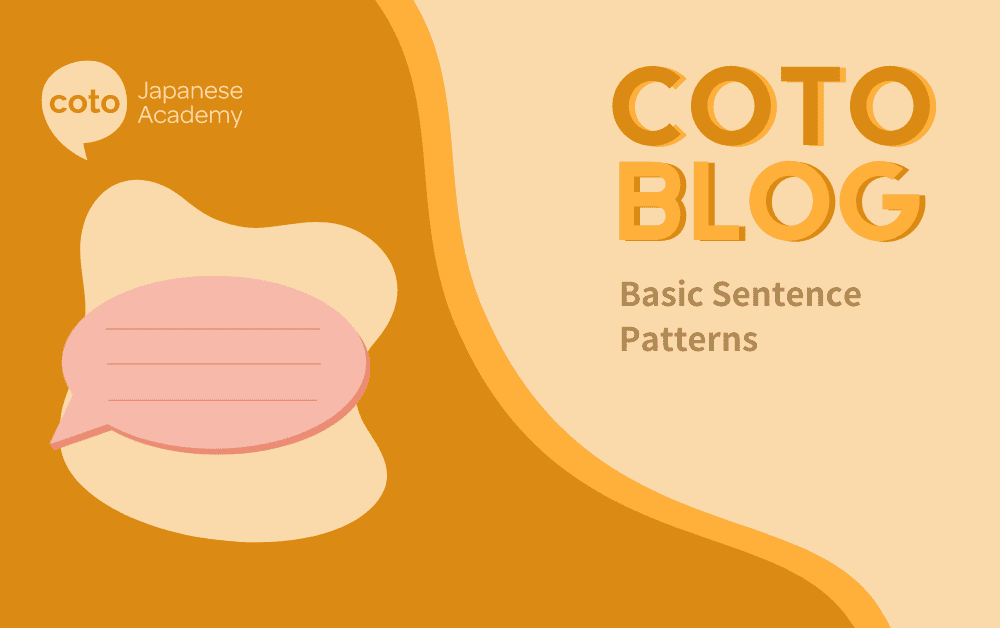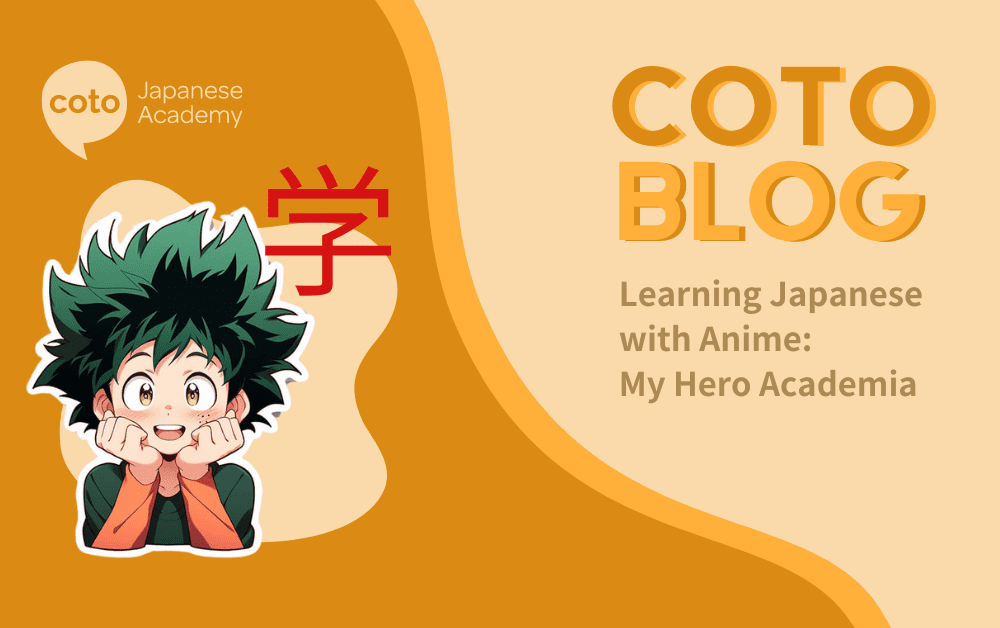15 Ways to Say “You” in Japanese
Want to avoid calling your boss darling? Read on to find out more.

Want to avoid calling your boss darling? Read on to find out more.

If you have been in a Japanese conversation before, you may have heard the word “Naruhodo” (なるほど) being used. Although this word is rarely found in textbooks, it comes up often in Japanese conversation. In this blog we will show you what “Naruhodo” means in Japanese and how to use it in conversation. What Does […]

Keep reading to see some Japanese learning strategies for auditory learners — and tips for making the Japanese language go in one ear and stay there!

Teaching Japanese to children can be a fun and rewarding experience. Starting early and using engaging methods can help your child develop a strong foundation in the language. Here’s a comprehensive guide to help you teach Japanese effectively. Start Early and Make It Fun Introduce Japanese early: Expose children to Japanese sounds, words, and phrases […]

konbini language isn’t just about the words you speak—it’s also about what you don’t say. In Japan, non-verbal communication is just as important as verbal communication, especially in convenience stores. From the subtle bow to how the cashier hands you your change, these gestures are all part of the experience. Let’s start learning Japanese through […]

In our ongoing journey of learning Japanese through anime, we’ve already explored the worlds of Naruto and My Hero Academia. Now, let’s dive into One Piece. One Piece is a great way to improve your Japanese with its exciting world, unique characters, and endless adventures. This guide will help you learn practical phrases, essential kanji, […]

Japan, a traditional island nation that’s also very modern, has a strong history of athletic achievement. The Olympics is a worldwide competition where athletes from different countries come together. Japan has used this big stage to show off its outstanding sports skills and to represent the Olympic values of being the best, being friends, and […]

Basic Japanese Grammar – Basic Sentence Patterns Cheat Sheet Sentence Structure In this guide to Basic Japanese Grammar, we will explain in broad terms the most used Japanese sentence patterns, how to alter them to change them from positive statements to negative statements, and how to ask questions while using them. We will continue this […]

In the first episode of our series, we discovered how Naruto can be an engaging and effective tool for learning Japanese. For language learners, anime offers a compelling and enjoyable way to immerse themselves in Japanese. In this series, we’ll explore how popular anime can be used effectively to learn Japanese. Let’s continue our journey […]

A full-stack developer, engineer or data scientist in Japan? Check out these tech-related Japanese vocabulary.
